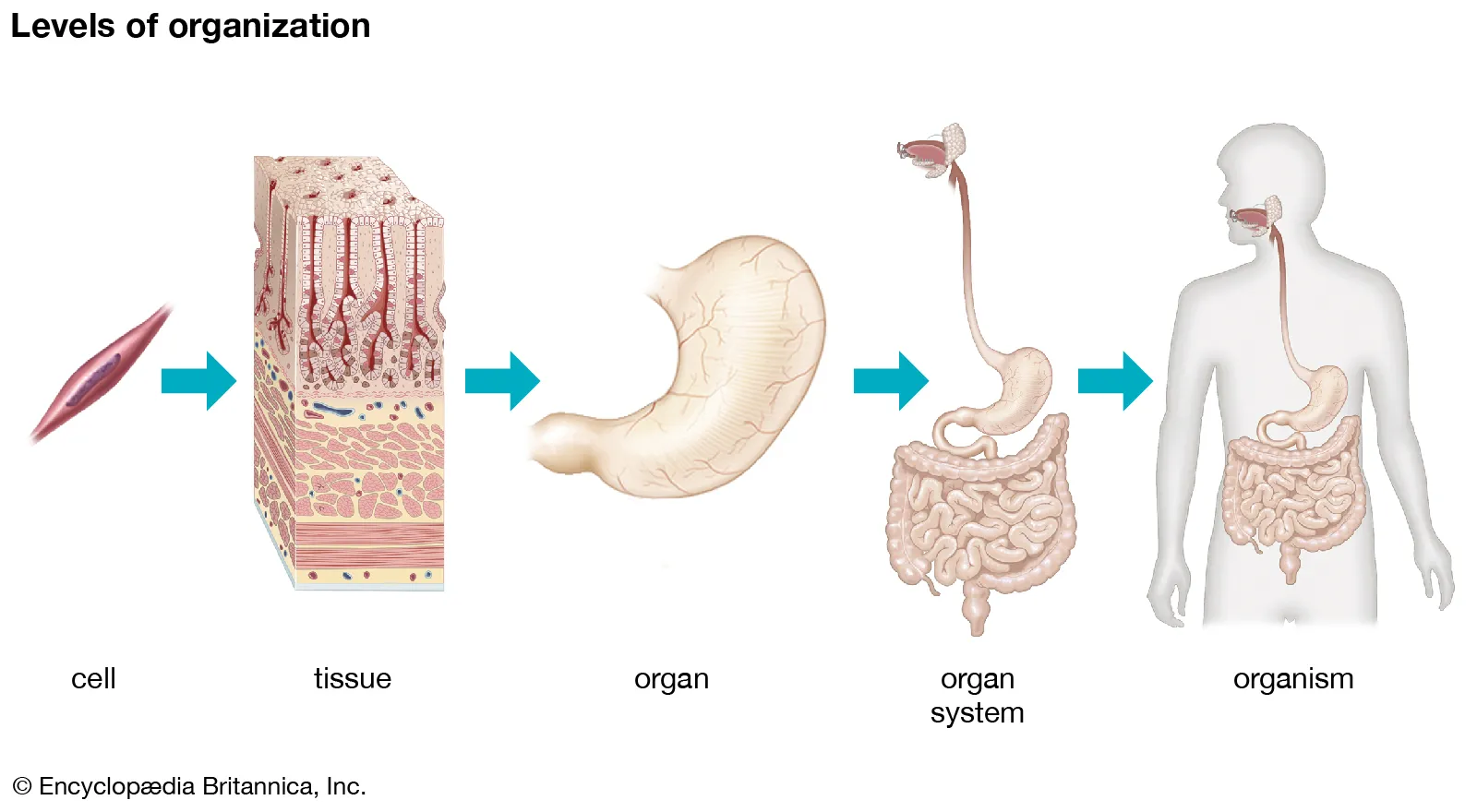Science - Chapter 1: Grade 7
5.0(2)
5.0(2)
Card Sorting
1/27
Earn XP
Study Analytics
Name | Mastery | Learn | Test | Matching | Spaced |
|---|
No study sessions yet.
28 Terms
1
New cards
Which of the systems is the boss?
The nervous system
2
New cards
Name four systems that play a key role in moving materials through your body.
Your circulatory system, respiratory system, digestive system, and excretory system.
3
New cards
What are the two systems that work together to control body functions?
The nervous system and endocrine system.
4
New cards
Define what a joint is, and give 3 examples of what a joint is.
A joint is a place in the body where two bones come together. For example, your elbow, shoulder, and your wrist.
5
New cards
Explain how muscles move bones.
Muscles move bones because the nervous system tells the muscles to, and makes it contract and relax.
6
New cards
Why is ongoing stress unhealthy?
It disrupts homeostasis and disrupts your body’s ability to fight diseases. It can also cause depression, headaches, digestion problems, heart problems, and other health issues.
7
New cards
What are the four conditions in the body that are related to maintaining homeostasis?
Regulating temperature, meeting energy needs, maintaining water balance, and keeping your balance.
8
New cards
Draw the body organization chart:

9
New cards
Name 3 different body systems, and what structures are involved in those systems.
The Skeletal System: Bones, cartilage, ligaments, and tendons.
The Circulatory System: Heart and blood vessels.
The Nervous system: Brain, spinal cord, and nerves.
The Circulatory System: Heart and blood vessels.
The Nervous system: Brain, spinal cord, and nerves.
10
New cards
Cell
The basic unit of structure and function in a living thing.
11
New cards
Tissue
A group of similar cells that perform the same function.
12
New cards
Muscle tissue
Carries out movement, it can contract or shorten and make parts of your body move.
13
New cards
Nervous tissue
Directs and controls the process. It carries electrical messages back and forth between the brain and other parts of the body.
14
New cards
Connective tissue
Provides support for your body and connects all its parts. Ex: Bone tissue and fat tissue.
15
New cards
Epithelial tissue
Covers the surface of your body, inside and out. Some of them (such as your skin) protect the structures that lie beneath them.
16
New cards
Organ
A structure that is made up of different kinds of tissue. An organ performs a specific job.
17
New cards
Organ system
A group of organs that work together, carrying out major functions.
18
New cards
Skeleton
Includes all of the bones in your body.
19
New cards
Skeletal muscle
Attached to the bones of your skeleton and provides the force that moves your bones.
20
New cards
Joint
A place in your body where two bones come together.
21
New cards
Nutrient
A substance that you get from food and that your body needs to carry out processes, such as contracting muscles.
22
New cards
Absorption
A process by which nutrients move from the digestive system into the bloodstream.
23
New cards
Gland
What the endocrine system is made up of. Organs that release chemical signals directly into the bloodstream.
24
New cards
Stimulus
A signal in the environment that makes you react.
25
New cards
Response
What your body does in reaction to a stimulus.
26
New cards
Hormone
The chemical signals released by the endocrine system. They are transported through your body by the circulatory system.
27
New cards
Homeostasis
The condition in which an organism’s internal environment is kept stable in spite of changes in the outside environment. Keeping this balance is necessary for an organism to function properly and survive.
28
New cards
Stress
The reaction of your body to possibly threatening, challenging, or uncomfortable events.